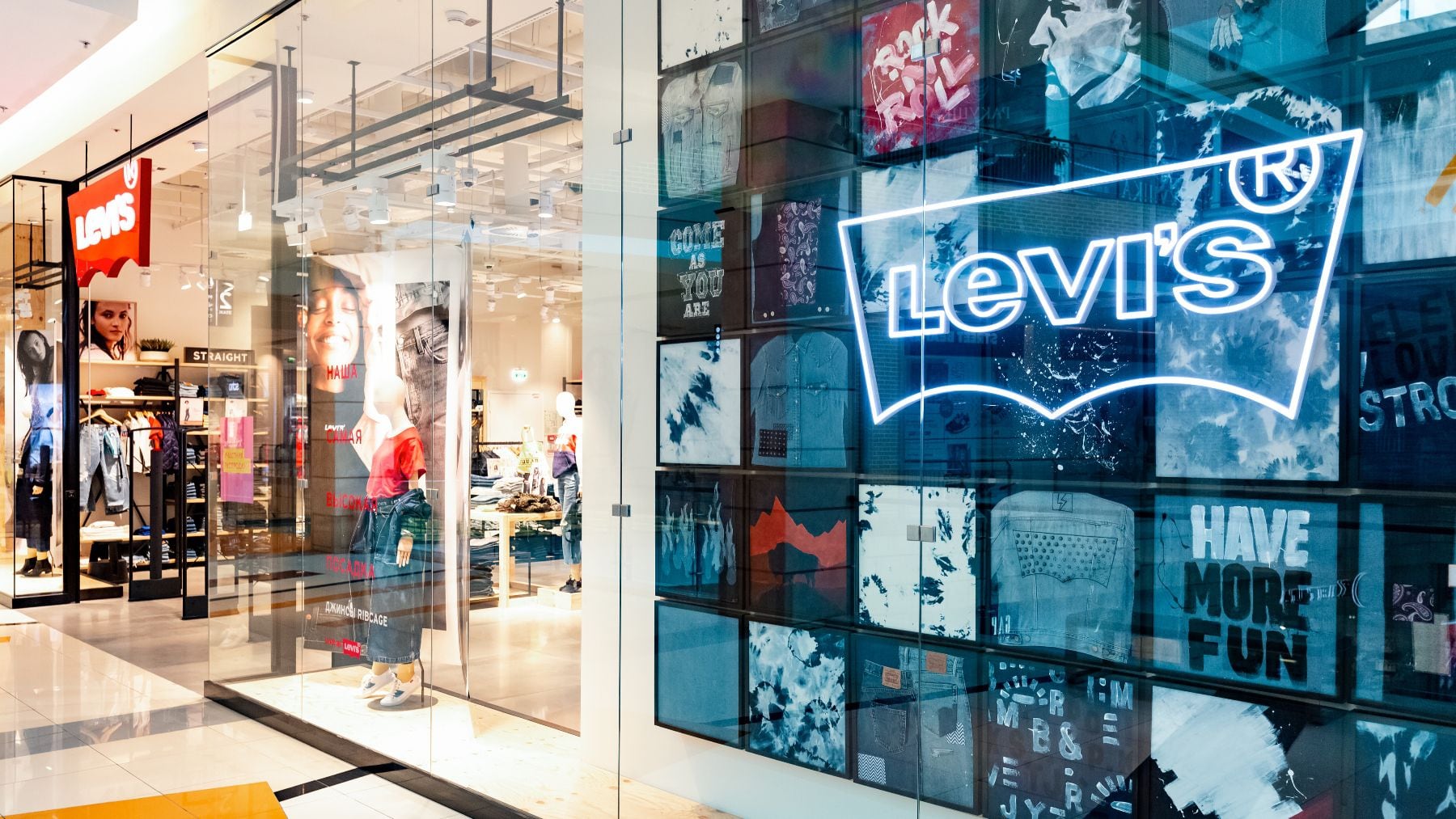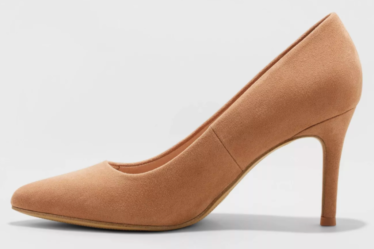
Levi’s may be one of the oldest retail brands, but for its next chapter, it wants to look more like its younger competitors.
Few would dispute that the company, founded by Levi Strauss in 1853, could use a refresh. Recent fashion trends have not always been kind to denim brands: analysts expect Levi’s to report a scant 1 percent increase in sales when it releases financial results for 2023 on Thursday. Margins are slipping too, as wholesale retailers, which drive 60 percent of the brand’s revenue, slash prices to bring customers back to stores.
It’s a big challenge for Michelle Gass, the former Kohl’s chief executive who is taking over the top job at Levi’s from longtime head Chip Bergh later this month in a carefully orchestrated succession. The plan to pull Levi’s out of its slump centres around steering more sales to its own website and stores. By at least 2027, the company wants 55 percent of revenue to come from direct-to-consumer channels (Thursday’s results will provide a status check on that project; in the third quarter, DTC sales rose 13 percent from a year earlier, while wholesale fell 8 percent).
What Levi’s sells is changing too. To convince customers — especially younger ones — to shop with the brand directly, it’s trying to change its perception as a go-to for denim and denim only. That means selling more shirts and dresses, as well as apparel from Beyond Yoga, the athleisure brand it acquired for $400 million in 2021. It also means pivoting focus from selling timeless classics, some of which haven’t changed substantially in decades, to speedy production of on-trend items.
“We’re going to see in the next coming months, how do you take the iconic Levi’s denim and bring it into another adjacency right outside of jeans,” said Aaron Sorensen, chief behavioural scientist and head of business transformation at management consulting firm Lotis Blue Consulting. “That’s really where the brand’s going to go, and where they see opportunities.”
Promoting a Lifestyle
By 2027, Levi’s wants items like button-ups and graphic T-shirts to represent 25 percent of overall sales, up from 20 percent in 2021. The aim is to replicate the success Levi’s has had in regions like India, where most consumers buy a top with every bottom they purchase.
But doing so will require adjustment. Levi’s has hired new vendors with better expertise in making tops and dresses to reduce the production cycle on those goods to a 12 month timeline at most, which will ensure the brand can more quickly stock and replenish stores with popular seasonal products.
“Our go-to-market timeline, it’s too long today,” Gass said on an earnings call last October. “It was built to serve a U.S. wholesale bottoms business that can move a lot slower than if you’re a direct-to-consumer global denim lifestyle business.”
Stocking more of these non-denim garments will also be a key driver for Levi’s DTC business, particularly in stores, where they can serve as a differentiator from what’s available at their retail partners.
Stores have been a key contributor to the growth of Levi’s DTC business, said Jim Duffy, managing director at investment bank Stifel. Levi’s has more than 1,000 owned and operated stores, which accounted for 31 percent of sales in the final quarter of 2022, while direct e-commerce made up 8 percent. Levi’s opened 61 new stores in the first nine months of 2023, and plans to open at least 400 more stores by 2027.
Levi’s efforts to refashion itself as a profitable DTC lifestyle brand will largely come down to the performance of its own products, said Sorensen of Lotis Blue Consulting. The company owns other brands, including khaki’s seller Dockers and activewear upstart Beyond Yoga, which contributes about $500 million in annual sales and are growing more than 10 percent year over year.
But Levi’s still has to prove if it can ramp up DTC sales, particularly in e-commerce, without dragging down profits.
“Cynics will be sitting there listening to whether this narrative around transformational growth … is going to work, or if it’s too much for the company to undertake,” Sorensen said. “The question will be can Michelle and this leadership team execute against everything in the strategy?”



